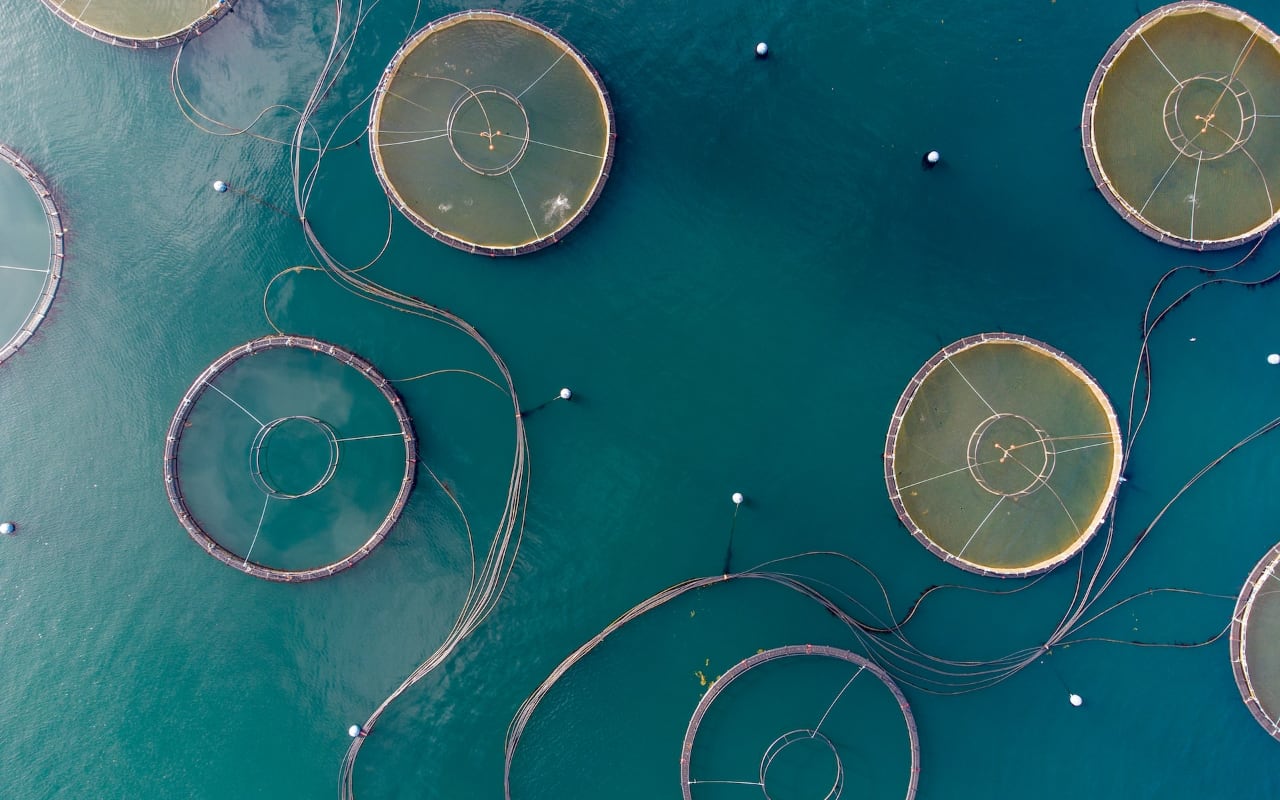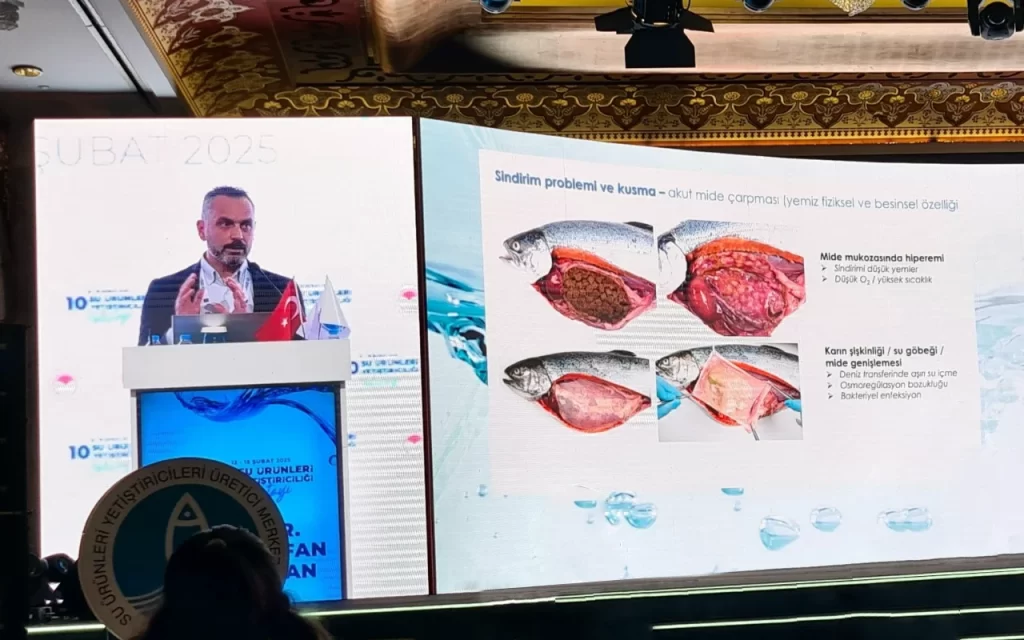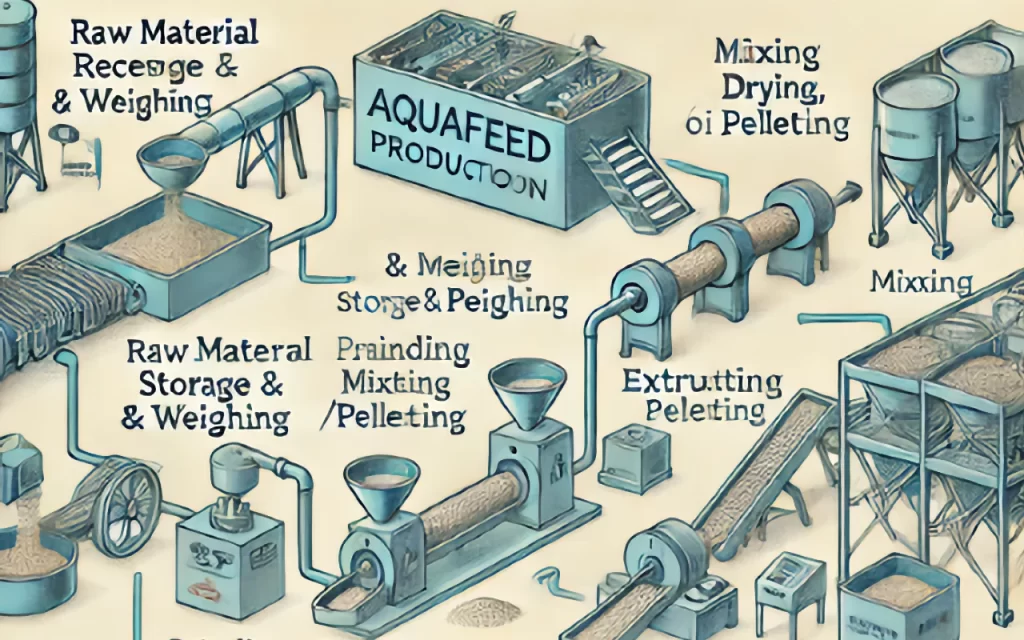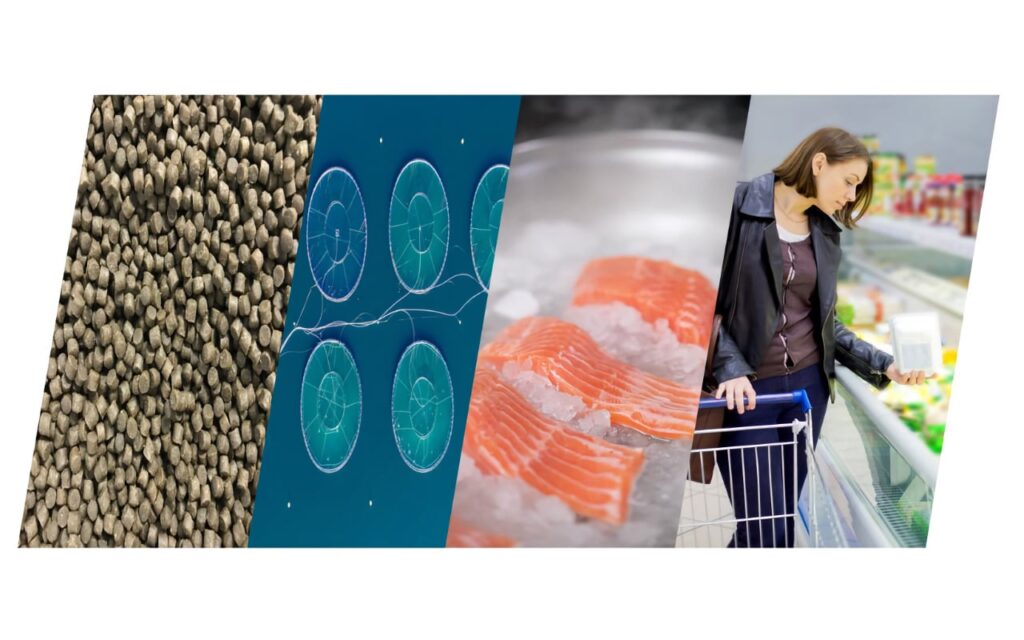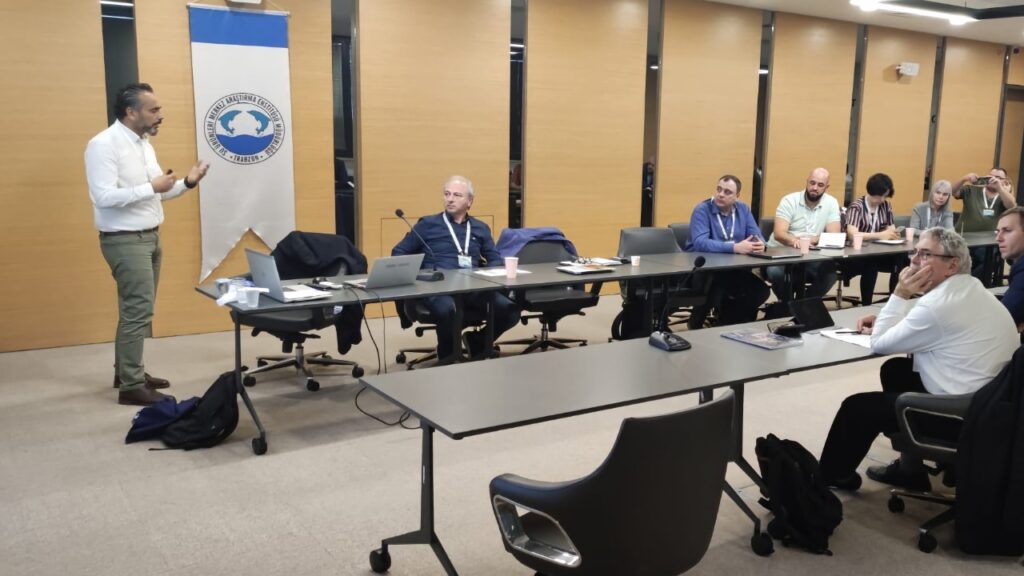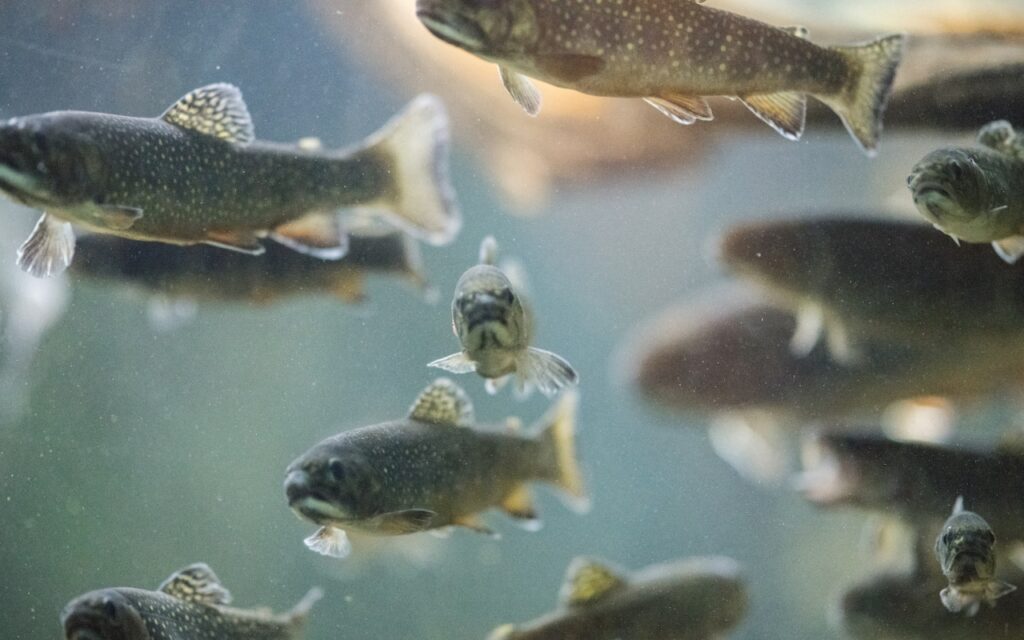As in the world, the aquaculture sector is developing day by day in Turkey with its production and trade dimensions. Similar to the aquaculture production in the world; Turkey’s aquaculture production continues to increase and the share of aquaculture in total production is increasing. It is expected that aquaculture production will continue to increase in the future and its share in total production will increase. As stated in the 2019-2023 Fisheries Policy Document of the Ministry of Agriculture and Forestry, General Directorate of Agricultural Research and Policies, “Aquaculture production in Turkey was 628,631 tons in 2018, 35.3% of the production was marine fish, 9%, Other seafood made up 9 percent, inland fishery products 4,8 percent and aquaculture products 50 percent. In parallel with the developments in aquaculture production and processing technologies, aquaculture exports will continue to increase.”
As it is known with this foresight, as stated in the prominent sections of the “Presidential Execution Program” of our Presidency, with the new “Aquaculture Production Areas” to be opened in the sea and dam lakes, the annual aquaculture capacity of 276 thousand tons will be increased by approximately 8%. Strategic Plan studies have been completed and 600 thousand tons of production and 2 billion dollars of fish exports are targeted for 2023.
In order to increase aquaculture production in aquatic resources throughout our country, under the auspices of our Ministry of Agriculture and Forestry, the works for the establishment of “Adana Karataş Specialized Organized Industrial Zone based on Agriculture” in Adalı Mahallesi have been completed for the first time in Europe. In addition; In our region, the opening of aquaculture production areas with a total capacity of 50 thousand tons in the open sea (off Karataş) has been commissioned and the official applications of our country’s elite aquaculture companies to be able to produce in this region are about to be completed. When the current production is put into use, the production of 50 thousand tons of sea fish will provide a return of approximately 2.5 billion TL to the country’s economy. An average of 100 thousand tons of fish feed will be needed for the production in question. This will lead to the opening of feed factories in the region. On the other hand, with this sector, it is certain that there will be a serious increase in employment in our region. For example; Aquaculture production is not only fish, but also raw material supply for fish feed (agricultural production such as sunflower, corn, wheat, soybean, canola, etc.), fish feed, ice, styrofoam boxes, cold storages, vaccine and vaccination activities, processing factories, transportation/ I think that it will provide important job opportunities for sub-industries such as logistics companies, advertising and packaging companies. On the other hand, it can be foreseen that approximately 2500 personnel will work in the said marine production. Therefore, when we evaluate it holistically in terms of our region, it will be possible to provide an income of approximately 5 billion TL, together with the newly opened aquaculture areas. In addition to this production, I would like to state that with the introduction of the Specialized Organized Fisheries Zone, together with the sub-industries listed above, an added value of 7.5 billion TL in total can be achieved. As is known, the main problem in Turkey is how to increase production and employment. Therefore, with the realization of aquaculture production in our region, we are pleased that there have been important developments in 2 years in terms of increasing job employment and production. With this added value, it will be ensured that it directly contributes to employment, exports and closing the current account deficit.
Çukurova University, Faculty of Fisheries is ready to contribute to these developments with all kinds of infrastructure facilities and dynamic academic staff. Our region is now taking serious steps towards becoming an aquaculture center. But on top of all this, I would like to point out that we need to keep on the agenda the issue of making more room for fish with protein and healthy fats on our table by changing the consumption habits of fisheries in our country. In addition, one of our most important goals should be to increase fish consumption per capita and approach the European average. For this, production, production and production again without sacrificing quality standards for cheap fish!
Opening Aquaculture Areas in Our Region and Its Effects on Regional Development
